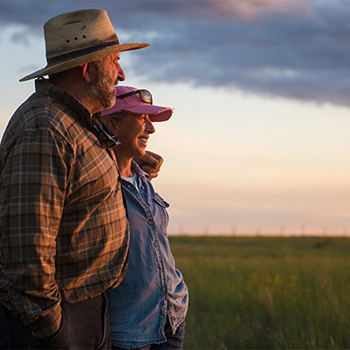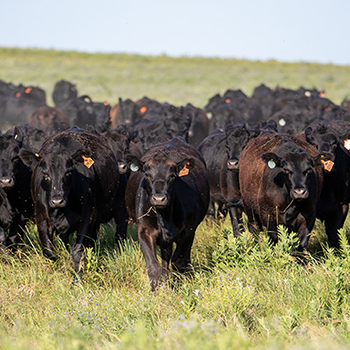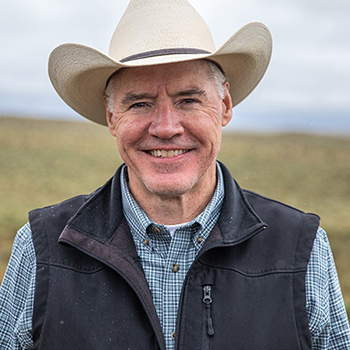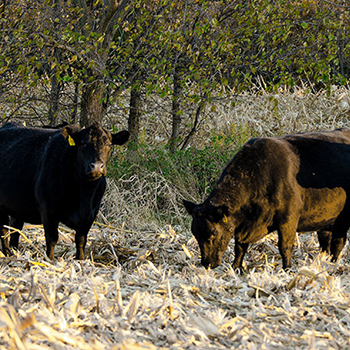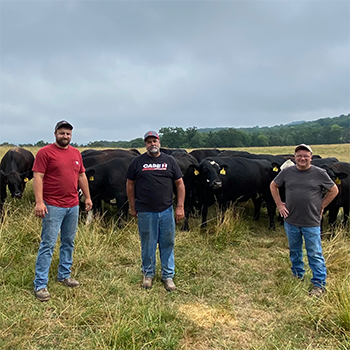
Market Closeout
A tradition dies.
If you are like me, you have a soft spot for tradition. I’m still not a big fan of four-wheelers and calf cradles. I like the tradition of doing things horseback. I take a lot of pride that we are one of the few industries left in which you can do a million-dollar deal and seal it with a handshake — no need for lawyers or contracts.
Like all businesses, the cattle industry has been transformed by technology, but what makes it unique is that it has held onto many of the traditions that make the cattle industry special. Nothing has been more tradition-bound than the way we sell our cattle. I absolutely love to hear a good auctioneer’s chant, and utilizing competitive bidding is as efficient a price-discovery tool as we have, especially where there is such a disparate number of buyers and sellers. That doesn’t mean our marketing system doesn’t have some outdated, inefficient aspects that must be replaced.
Most recognize commodity pricing of cattle is one of the greatest obstacles our industry faces when it comes to making a higher-quality product and making it more efficiently. A one-size-fits-all pricing system that essentially pays for all cattle the same with slight adjustments for condition (compensatory gain), health status, lot size, distance from feeding areas and reputation must change. Genetics play far too big of a role in determining overall profitability to not include in the pricing of feeder cattle and calves.
When you think about it, every segment of our business sells cattle based on genetic merit, from the seedstock business (expected progeny differences, or EPDs) to the feedyards (grids), to the packer/retailer (quality grades and brands). It wasn’t that buyers didn’t understand the importance of genetics and their effect on the bottom line; it was simply they didn’t have a reliable, objective way of measuring the genetics for a pen of feeder cattle.
Reputation was the only tool we had, so we utilized it. We counted on someone having a good experience and being willing to come back and pay more for those calves as a result. The problem is it’s hard to build a reputation. Not everyone can experience how your genetics perform, and only a few people have any sort of objective information upon which to determine what value your calves may have in relation to another’s. The result was that prices were always forced to the middle, and superior genetics were counted on to subsidize inferior genetics.
The problems with our old system of marketing cattle are almost too numerous to count. They don’t lead to increased demand, better quality, increased efficiency or happier buyers. Nearly all those problems go away by simply having a way of accurately describing genetics so price reflects the value, or lack of value, that they contribute.
Sometimes traditions are a hindrance, and they must evolve. It wasn’t that we didn’t know the value of genetics; we just didn’t have a way of describing them that worked at the speed of commerce. That is why the Genetic Merit Scorecard® (GMS) is transforming the way cattle are marketed. We used to sell seedstock solely on appearances, but EPDs gave us a better tool. It is almost impossible to imagine selling bulls without EPDs today. A new tradition was born. In a similar way, I think we will look back and tell our grandkids that we used to sell feeder cattle solely based on appearance and reputation.
My dad had a tradition of ordering his steaks well done when he went to a restaurant. It was a tradition that made no sense and needed to be replaced. Selling cattle without a genetic score is another tradition that served nobody and needs to be replaced. Change takes time, but when it serves both the buyer and seller, it is ultimately inevitable.
Editor’s note: Troy Marshall is the director of commercial industry relations for the American Angus Association.
